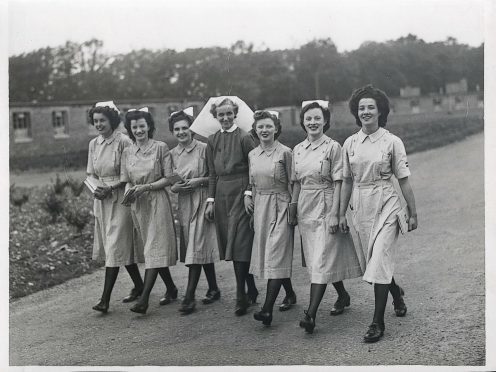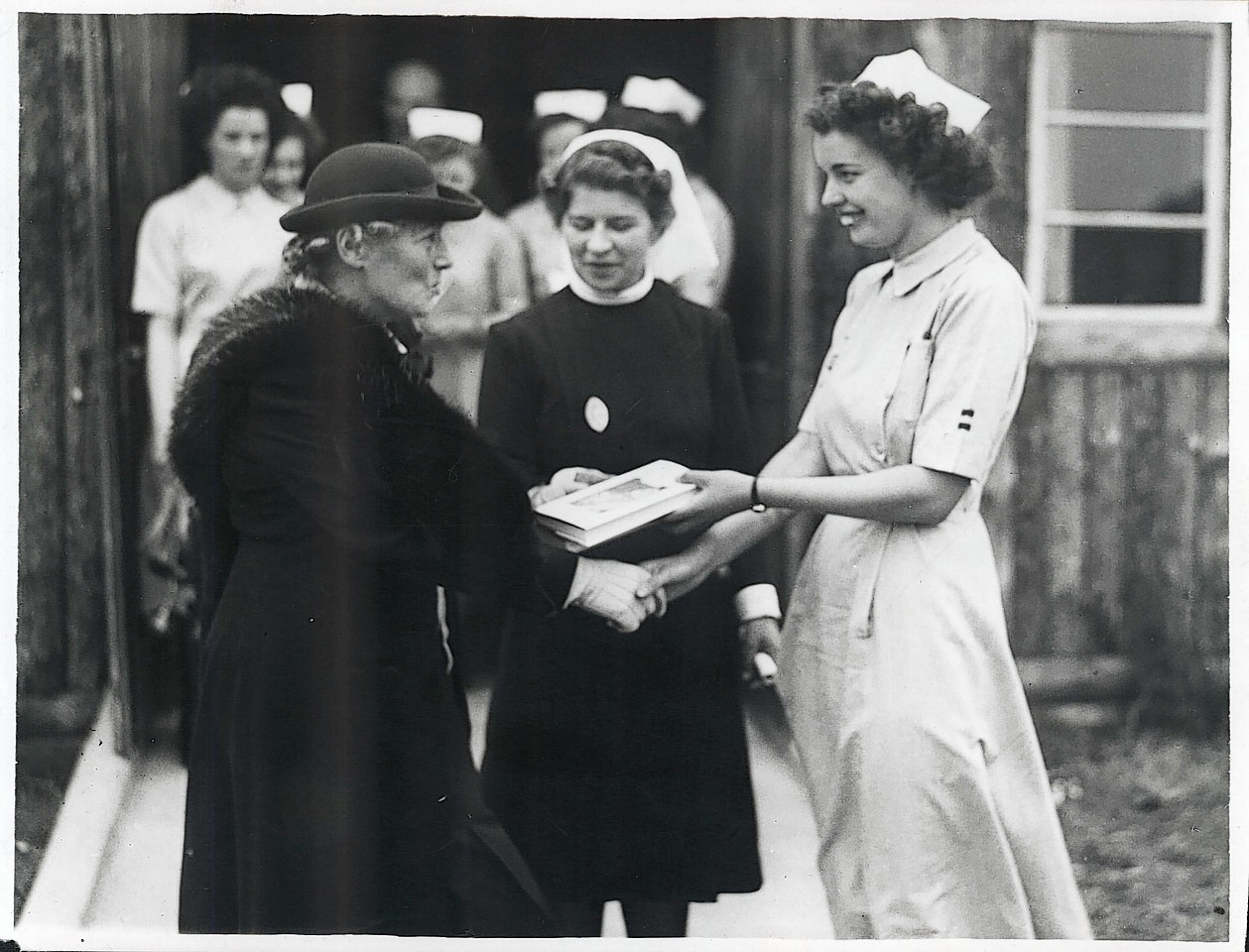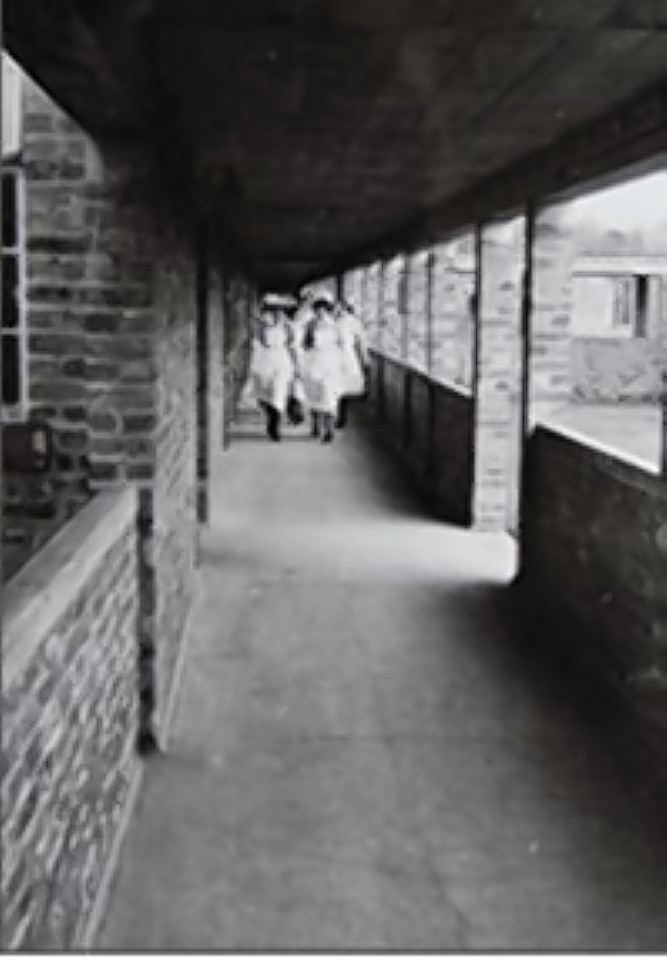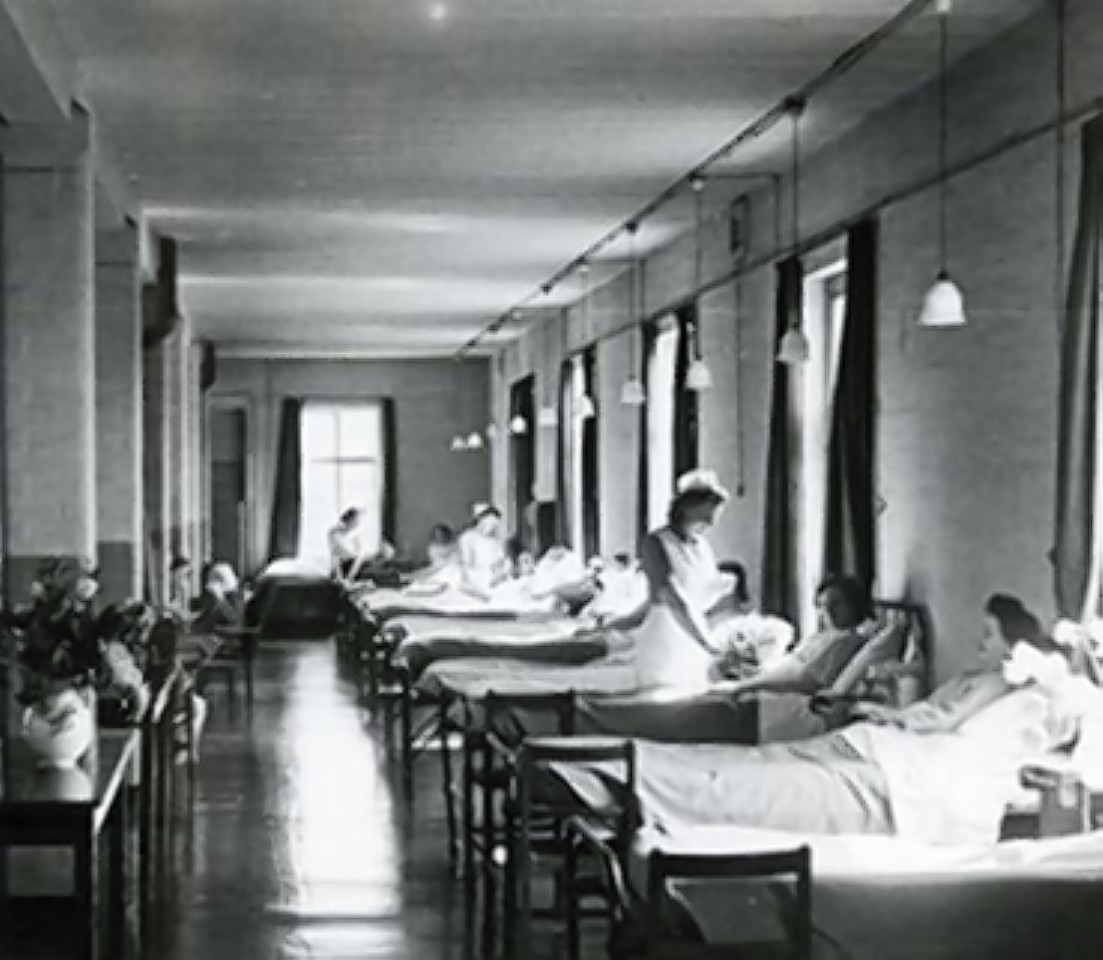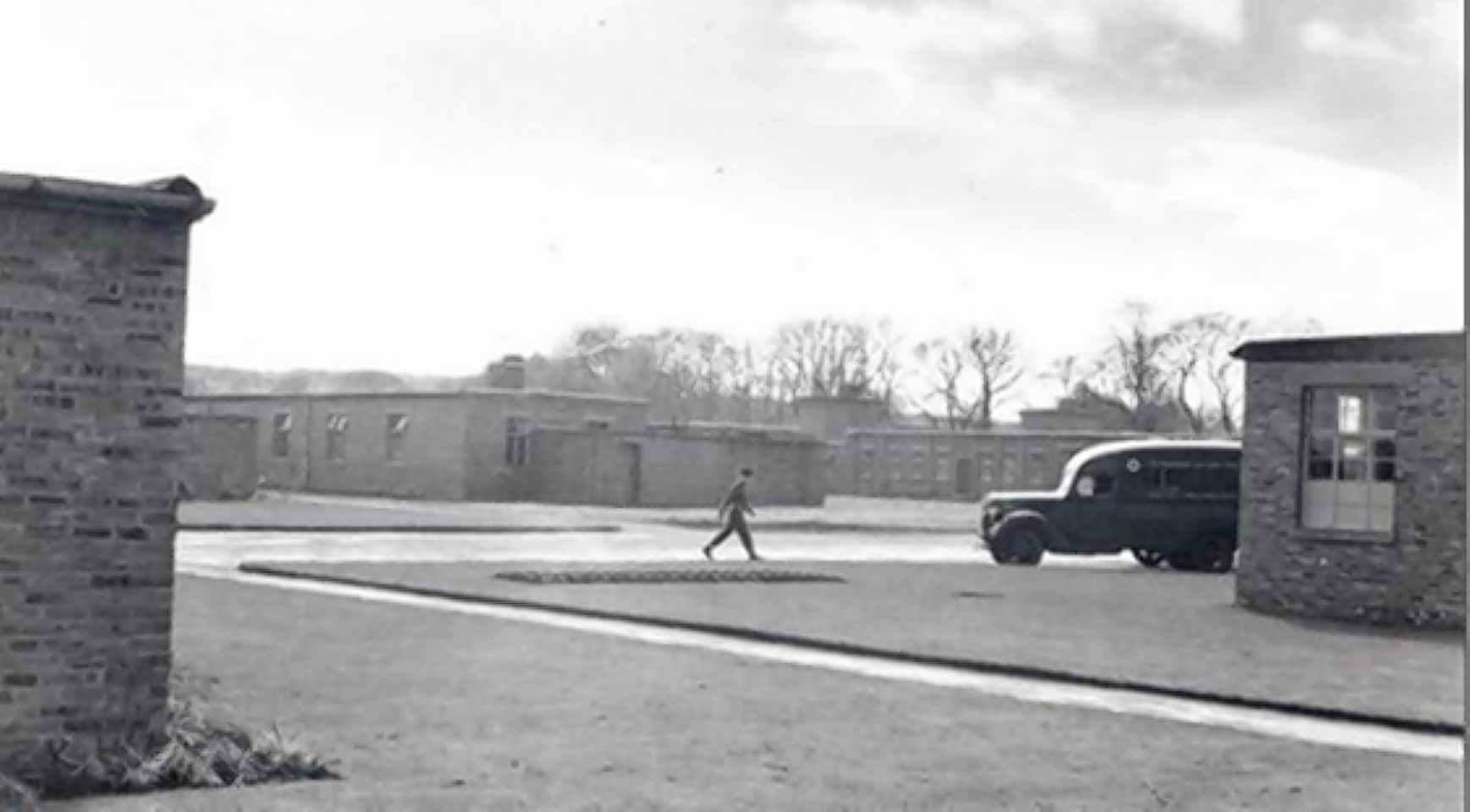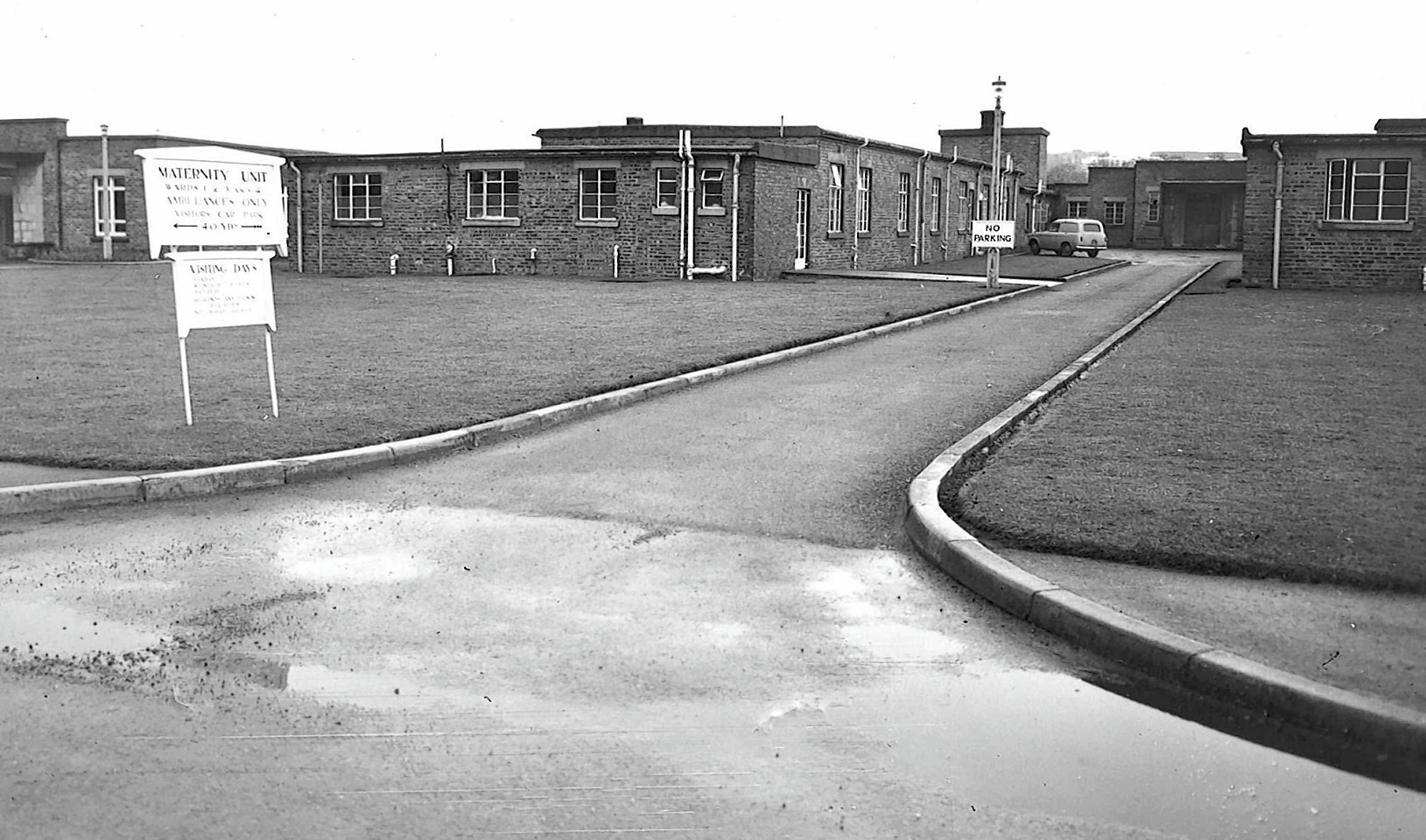Whether you are from Thurso or Skye, Aviemore or Nairn, the chances are you will have been through its doors at some point as visitor, patient – or both.
In fact, for many Highlanders, Raigmore Hospital may well have been where you arrived in the world.
And now, after getting so many of us through our birth days, the institution is celebrating its own 75th anniversary.
On Monday, the biggest and busiest hospital in the north reaches its diamond anniversary.
Construction on the hospital, which takes its name from Raigmore House and estate which stood where the Raigmore housing estate is now, began in June 1940. The builders were Jas Campbell & Sons, Tomnahurich Street, one of the largest firms in the north, with joinery by MacDonald of Friars Lane.
Those of us who were living and working in the town at the time will no doubt have some memories of the creation of a new hospital – but one man made it his business to become the hospital’s unofficial historian.
Jim Leslie has a passion about the history of hospitals in the Highlands and, with the help of the book ‘Old Raigmore’ by retired consultant William Browne, and numerous interviews, he has a wealth of knowledge on Raigmore.
He described how the first wards opened on 5th September 1941 and the first patient was a Canadian from the Carrbridge based Canadian Forestry Corps, who built a recreation hall or log cabin for the site in 1944. In its first year Raigmore saw 4142 patients.
Until 1948, Raigmore was run by the Department of Health but there was also a military wing under the control of Scottish Group 11/48 at Aberdeen. The unit’s task was to deal with the welfare, discipline and military aspects of the patients.
For example, military patients differed from civilian ones in that they had to be fully recovered before returning to duty unlike civilians who could be sent home to convalesce.
Mr Leslie said: “The separate wards were quite inconvenient especially in winter when staff and visitors arrived cold with grit and mess brought in with their feet.
Internal corridors were open due to a brick shortage and the open walkways between wards were not popular in Inverness winters when trying to keep uniforms tidy in the snow filled northern winds but were an improvement on early days when wellington boots were required between some ward blocks.
He continued: “”The unlit grounds made moving between blocks quite hazardous and several nurses have memories of pushing a trolley with the help of a porter from a ward to the mortuary which was beside the ambulance station. One nurse remembers a windy night when the inadequately attached cover over the body flew up causing the porter to bolt in terror.
“The land between the blocks grew vegetables during the War and, although this added to potential hazards in the blackout – although the resultant potatoes made excellent stovies for the nurses on cold nights.
“These were not the only disadvantages of working in Raigmore. In the 1940s, Drakies and Culcabock were small rural settlements well outside Inverness. The nearest bus stop was beside the Fluke bar and there were no buses at night although staff could use army lorries in the early morning and late evening.”
Although now an accepted part of Inverness’s footprint, Raigmore Hospital was not universally well-received, with many local people saying it “just didn’t look like a hospital” and others referring to it as “The Stable”. The first medical superintendent described his first impression as “mud and dreary brick walls”.
Mr Leslie explained: “The hospital was of course starting from scratch. It required team building but, being a wartime establishment, many staff were assigned rather than going through an open appointments system which would have made it challenging to generate an esprit de corp.”
Mr Leslie interviewed Mrs Rena Tracy who was a Raigmore nursing student in the late 1940s.
He said: “Rena started in Raigmore as a wartime volunteer while still at school and started nursing training in 1946. She remembers playing in the fields where Raigmore still stands as a child and while a pupil at the IRA she visited Raigmore as a Red Cross volunteer in Ward nine.
“She remembers voluntary aid detachment nurses, which I had never come across at Raigmore before, and also the German prisoners of war who she describes as being very nice and polite.”
